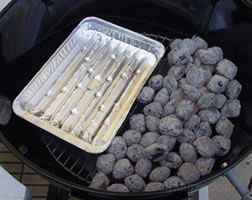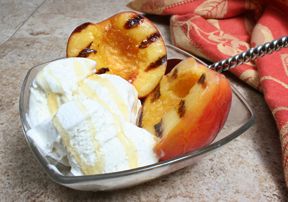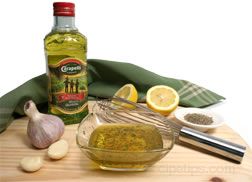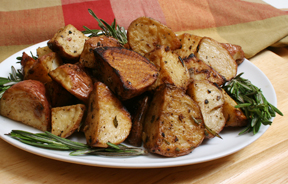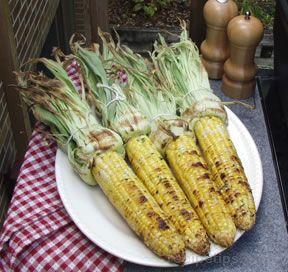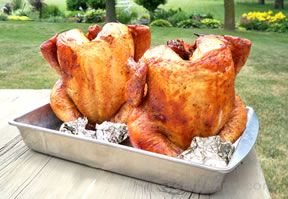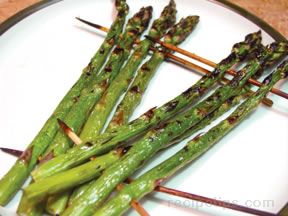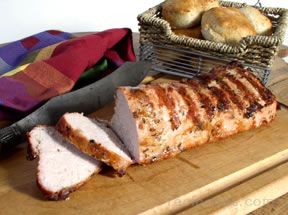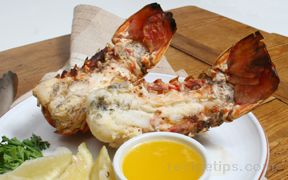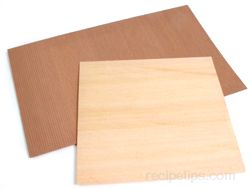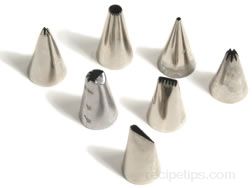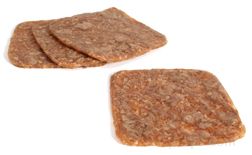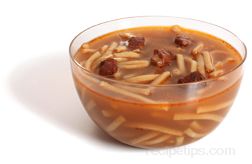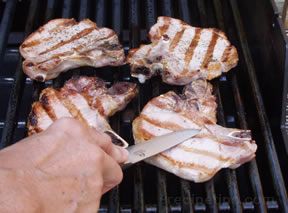Understanding the two most popular grilling styles, Direct and Indirect, is essential for creating a perfect grilled entrée. There are instances when both Direct and Indirect methods are appropriate. The Direct method sears the food in order to create a flavorful crust on the surface, followed by Indirect to prevent burning the outer area of the food while cooking evenly. The following is a quick reference for cooking methods and approximate cooking times for beef and pork:
When Indirect grilling, remember to keep lid closed. Opening the lid can add from 10-15 minutes onto grilling time. Do not use a fork to turn the meat as you are grilling since piercing causes the juices to escape. A long-handled spatula or tong is more appropriate. Oil grates with no-stick spray (or brush oil on grates) before starting grill to prevent food from sticking. Safe Temperatures Keep yourself, friends, and family safe from food borne illnesses. To accurately check temperature, the thermometer must be inserted through the thickest part of the meat and away from any bones since bones conduct heat.
Hamburgers are safe when they have reached 160º F. Beef Roast is safe at 145ºF, unless it is a "rolled roast" or mechanically tenderized. A temperature of 160º is recommended. Pork roast should be cooked to 160ºF, center still may be pink so you may want to grill longer. FYI…Beef: Most cuts of beef should be placed 3 to 6 inches away from the heat source (Direct Grilling method) and cooked at medium heat, however, thicker beef cuts should be placed farther away from the heat source (Indirect Grilling method) than thinner cuts. This is to prevent the outside of the thicker cut from charring before the inside is properly cooked. When grilling steak it is important to leave at least 1/8" of fat to help seal in the juices while the meat is cooking. The fat should be slashed at intervals approximately 1" apart around the perimeter of the steak so that the meat will not curl up during the grilling process. FYI…Pork: When grilling, the meat should be 3 to 6 inches away from the heat source and cooked at a medium heat. Because grilling uses high heat and short cooking times, it tends to toughen pork, so it is best to use the most tender cuts available. Lean pork cuts will benefit from marinating before they are grilled or broiled. Chops and steaks that are going to be grilled should be a minimum of ¾ to 1 inch thick because the high heat will cook the meat quickly and it is easy to overcook thinner cuts of meat causing them to dry out. Coating the pork with a little oil or marinating before cooking will help keep it moist. It is important that the heat source be properly preheated so that it seals the juices into the meat quickly. The temperature at which the pork is cooked and the distance it is placed from the heat source are both important for providing tender, juicy, properly done pork. A cut of pork may require direct heat to seal the outside and indirect to allow the cut to cook thoroughly to the center. | ||||||||||||||||||||||||||||||||||||||||||||||||||||||||||||||||||||||||||||||||||||||||||||||||||||||||||
Loading
Grilling Tips for Beef & Pork
Loading
There currently aren't any reviews or comments for this article. Be the first!
Advertisement
Advertisement






